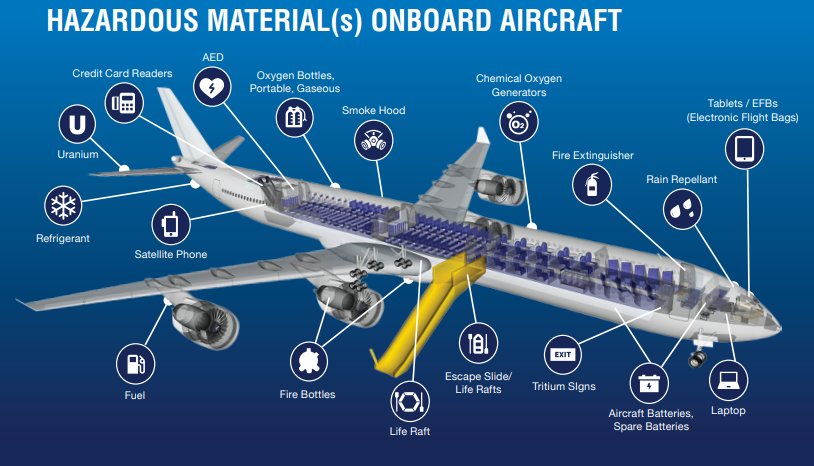On May 11, 1996, ValuJet Flight 592 crashed in the Florida Everglades, killing 110 passengers and crew, because of an in-flight fire from improperly packaged dangerous goods (chemical oxygen generators) in the cargo area. This accident called into question the effectiveness of the FAA's oversight of dangerous goods (aka hazardous materials) shipments on commercial aircraft. At the time of the crash, the FAA had about 13 regional inspectors to oversee industry's (mostly air carriers') compliance with dangerous goods requirements.
To strengthen the Agency's oversight of dangerous goods shipments by air and enforcement of pertinent regulations, Congress included $10.5 million in FAA's Fiscal Year 1997 appropriations, enabling us to expand our dangerous goods workforce by 130 personnel (e.g., inspectors, support staff, attorneys). We used these funds to establish our Hazardous Materials and Cargo Security Program.
Since that time, the FAA's oversight of dangerous goods has been in flux between dual roles for assessing both dangerous goods safety and security requirements under the Hazardous Materials and Cargo Security Program. In October 2002, the newly renamed Hazardous Materials Safety Program joined with our Internal Security Program. Today, the Office of Hazardous Materials Safety is part of the FAA's Security and Hazardous Materials Safety organization (ASH). Our mission is to increase safety in air transportation by managing risk. We believe that even a one in a billion chance of a catastrophic accident is unacceptable.
While the overall number of accidents by air are declining, the rapidly changing transportation landscape poses new challenges. The National Airspace System is growing with an increase in the volume of flights, cargo, and passengers. Emerging technologies such as lithium batteries pose new risks as they are carried by passengers and shipped as cargo. Automated unmanned aircraft systems (UAS) increase the complexity of the system.
Through the coordination of national and international stakeholder engagement and safety promotion, the Office of Hazardous Materials Safety works with stakeholders to manage risks from air transportation of dangerous goods.

Image Description: Aircraft diagram showing examples of potentially hazardous cargo that may be added to an aircraft including passenger baggage, cargo package, battery powered wheelchair, batteries, fire extinguisher, lifesaving appliance, cell phone, and laptop.
Last updated: Wednesday, July 26, 2023
